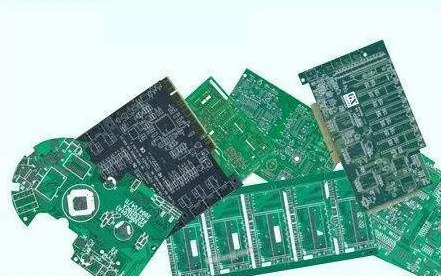For electronic equipment devices that work in harsh environments such as high humidity, high salt, dust and vibration, their PCB circuit boards are susceptible to the influence of salt spray, moisture and mold to cause system failures. Therefore, the PCBA organic silicon three anti-paint technology of PCB circuit boards is positive. Increasing attention. The three-proof paint refers to the coating of a uniform thickness of the three-proof paint on the area that the PCB circuit board needs to protect. It can effectively isolate the area and electronic devices that the PCB circuit board needs to protect, as well as its working environment. Protect the PCB circuit board from damage, thereby improving the reliability of the PCB circuit board and further improving the reliability of the electronic equipment.
1. Three-proof coating technology and application process
Before the three-proof paint is used, it is necessary to ensure that the surface of the PCB circuit board is clean and tidy to ensure that the three-proof paint adheres well. PCBA organic silicon three anti-paint include spraying, brushing and dipping. The coating process is different, the three anti-paint viscosity requirements are also different. When the spraying process is selected, the viscosity of the three-proof paint is required to be the lowest to meet the "spraying" capability requirements, while the dipping requires the highest viscosity of the three-proof paint. The viscosity of the three-proof paint is determined by the solid content of the three-proof paint. The manufacturers of the three-proof paint generally have their own thinners to dilute products with different concentrations to meet the requirements of different coating processes.

Second, the basic coating method of three anti-paint
Hand spraying, dipping and brushing methods, although the operating skills are simple and easy to use without any investment in machinery and equipment, but the coating quality is difficult to guarantee, there are poor uniformity of coating film thickness, high consumption of three-proof paint, and environmental impact. It is easy to splash during coating and affect adjacent sockets, it is impossible to achieve selective spraying, it is necessary to manually stick adhesive paper to shield the devices that need to be protected before coating, and some slits between the components and the sides of the components cannot be sprayed. The existence of these problems has affected the quality of the products and needs to be solved urgently. The selective automatic coating machine is the perfect solution to the above problems. It can realize the precise spraying of the PCB circuit board, the spraying head can avoid the non-stick paint components, and the spraying thickness is uniform.
Third, the performance of selective automatic coating equipment
To ensure the high quality of the three-proof coating, the selective automatic coating machine should meet the following technical parameters and performance requirements:
1. On-line automatic flow operation, reducing manual turnover procedures;
2. It has the functions of continuous irregular curves such as point/line/surface/arc/circle and three-axis linkage;
3. Multiple different spraying heads can be hung at the same time, and the machine equipment can be automatically switched according to different spraying requirements to meet the requirements of different spraying areas;
4. CCD vision centering system can be selected to eliminate PCB circuit board or fixture positioning error and improve spraying accuracy;
5. It can accurately control the spraying volume of the three-proof paint.
Four, three anti-coating process requirements
To achieve high-quality three-proof coating, the following process requirements must be met during the three-proof coating:
1. For components that cannot be stained with three-proof paint, such as connectors, connectors, buttons, light-emitting diodes, and golden fingers, when brushing, dipping or manual spraying is selected, masking tape must be attached. Even if you use a fully automatic selective coating machine, if the coating area is too close to the non-painting position (less than 5mm), isolation and protection must be done.
2. The surface of the PCB circuit board needs to be cleaned before coating to remove foreign matter on the surface of the PCB circuit board. For products with strict requirements such as automobiles, aerospace, navigation and military industries, the PCB circuit boards are required to be washed and dried before they can be coated. For general products that are not demanding, dry high-pressure air can be used to remove dirt such as dust on the surface of the PCB circuit board.
3. Before selecting the optional automatic coating machine for mass production, it is necessary to pay attention to the first piece inspection work. Make sure that there are no problems such as missing coating, less coating, more coating, and air bubbles, and that the devices or areas that are forbidden to be coated such as connectors cannot have adhesive paint, and the coating thickness is uniform before baking.
4. The humidity of the working environment should be controlled below 65% RH during the PCBA organic silicon three anti-paint. PCB as a composite material will absorb moisture. If moisture absorption occurs, the three-proof paint will not be able to fully protect it. Therefore, the three-proof coating process should be carried out as soon as possible after the circuit board is assembled. If the PCB circuit board is placed for a long time and then sprayed with the three-proof paint, it is best to pre-bake before spraying. The baking temperature is 60°C and the time is 24h.